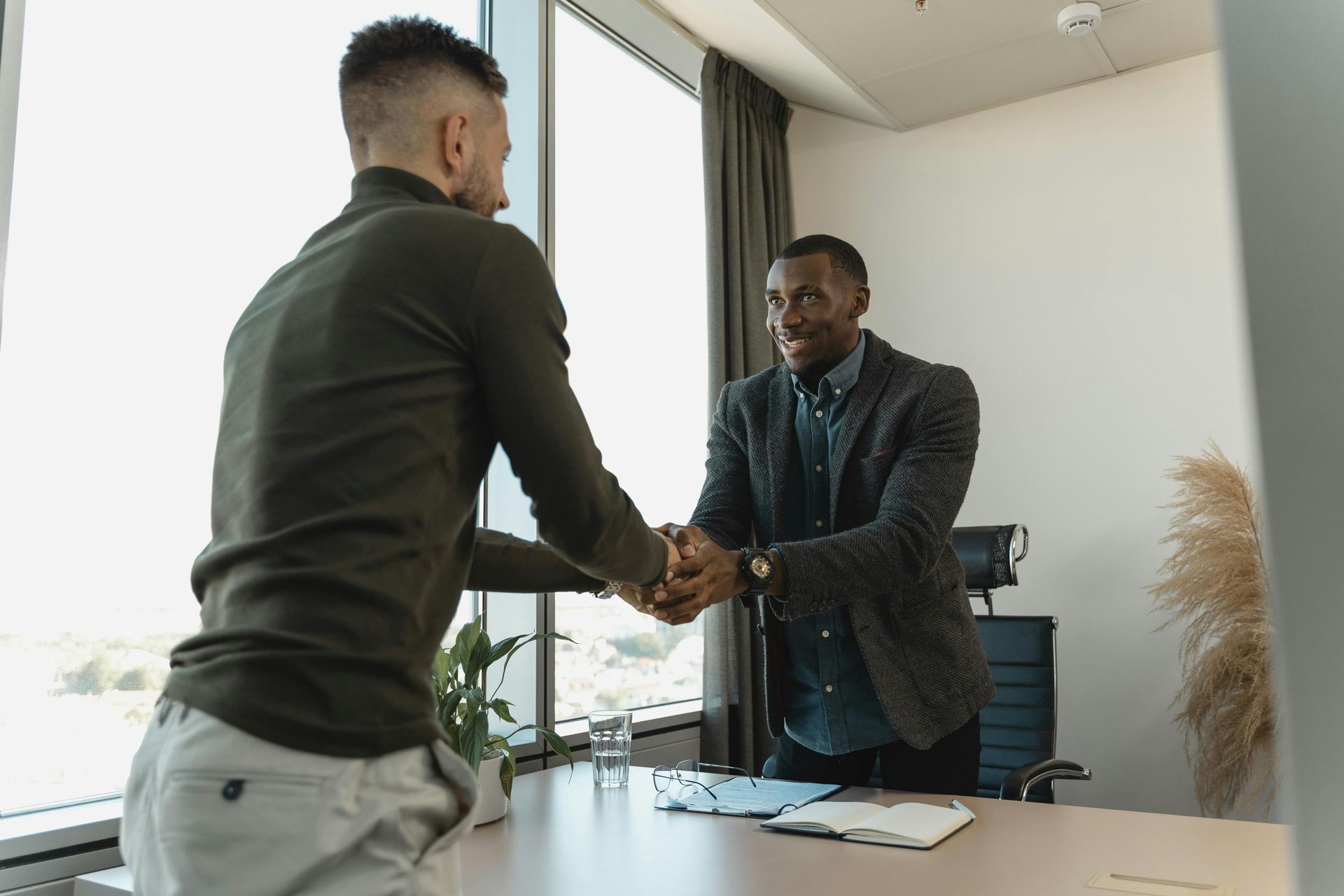Blog
< Back to Blogs
457 Visa Changes: The Impact on Employers

Last year, the Department of Immigration made a number of sweeping changes to the skilled migration visas, abolishing the current program and fully rolling out the new Temporary Skills Shortage (TSS) visa in March 2018. The main purpose of this is to maintain the integrity of the skills shortage scheme, whilst ensuring Australian citizens are put first when it comes to training and employment opportunities. With many of Australia’s skilled migration visas directly associated with the IT industry, as well as employers going through a business transformation, it’s important to understand the impact of these amendments, as there is a direct effect on both the conditions around and process of talent sourcing in the IT sector or within Business Transformation.
In this article, we look at the impact of the 457 visa changes on IT employers or employers going through a business transformation, as well as how to ensure you can get the talent needed to keep your organisation on track.
What Are the 457 Visa changes?
After the list of eligible roles for visa sponsorship was reduced by more than 200 occupations in April 2017, further changes have come into force in March of this year. Firstly, two different streams of the TSS visa were introduced. These are:
- Short-term – These visas apply periods of up to two years, and do not include a pathway to permanent residency.
- Medium-term – These are for periods of up to four years and include a pathway to permanent residency.
In addition, the conditions for applying for a skilled migration visa have also been tightened. Following the recent changes, a minimum of two year’s related work experience is required to submit an application, and the upper age limit applied to visa applicants has been reduced from 50 years old to 45 years old. A minimum market salary rate has also been implemented, meaning that sponsors will be required to pay 457 visa holders the same rate that would be paid to an Australian undertaking equivalent work (for more information on market salaries see our Sydney IT Salaries tool).
How Do the Changes to the 457 Visa Affect Employers?
These changes will have several implications for IT employers. Under the new scheme, a number of tech job titles have been removed entirely (see below) from the list of eligible roles for sponsorship, whilst others now only appear on the short-term list. Consequently, some new hires will no longer have a pathway to permanent residency and are unable to stay in Australia for the long term.
The Job titles removed include:
- ICT Support and Test Engineer
- ICT Support Technician
- Telecommunications Technician
The Job titles that now only appear on the short-term list include:
- Chief Information Officer
- ICT Project Manager
- ICT Manager
As a result of this, it may become more challenging for IT employers to find workers who will stay with the business long term, as well as being able to source candidates with certain specialist skills. With a new training levy, mandatory labour market and non-discriminatory workforce testing, the changes will also result in greater costs and time for organisations when they do need to recruit international workers.
What Can Be Done to Mitigate the Risk?
Luckily, a bit of forward planning will allow employers to navigate the skilled migration visa changes more easily and minimise the impact on their workforce. Since many employers will have based their recruitment and retention strategies on the previous 457 visa, the first step is to review existing workforce plans to ensure that the recent changes do not result in skill shortages later down the track.
The recent introduction of mandatory labour testing, in addition to the increased requirements for skills assessments and English language testing, mean that employers must carefully manage the longer lead times when preparing visa applications to ensure they can gather the necessary information in time. Also, be sure to double check the entitlements under the new visa scheme to guarantee all obligations are met.
Managing the expectations of employees will be vital, as some prospective employees will be disadvantaged by the 457 visa changes – particularly in terms of the reduced options to apply for four-year visas, along with the lower age limit. All employees need to be well-aware of what the conditions are and how they will apply to them.
In addition, it will be important to factor in the extra costs that come with sponsoring someone on a TSS visa. Be prepared for expenses such as those incurred by the new levy on sponsored visas, which requires employers to make an annual contribution to the Skilling Australians Fund for each worker on temporary work visa, as well as one off payments for permanent residency applications. With these charges ranging from $1,200 to $5,000 each, it’s essential to ensure your recruitment budget is sufficient to cover them if you’re going to be hiring foreign talent.
Summary
The skilled migration visa changes will impact the IT sector and employers within Business Transformation more than most, so it’s important to know where you stand to avoid experiencing skill shortages as a result.
If you are concerned about how the changes may affect your hiring, feel free to get in touch with an independent immigration expert. Here at Enterprise IT Recruitment, we have a number of trusted partners in this space that we can connect you with to help with managing the recruitment process more effectively.
Share This Article
Recent Articles


Filter By Category
Subscribe to our News & Advice
We will get back to you as soon as possible.
Please try again later.





All content copyrighted Enterprise IT Resources © All rights reserved | Privacy Policy | Collection Statement | Powered with 💚 by Shazamme









